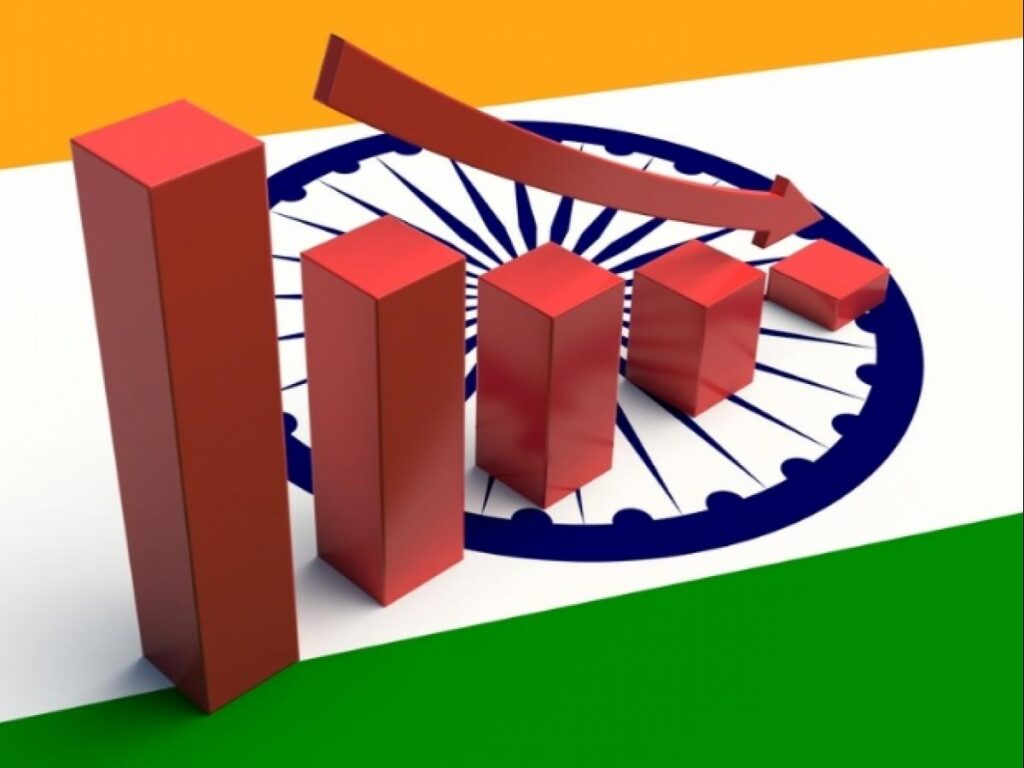
India’s yearly economic growth rate increased in January-March compared to the previous three months, but experts are growing increasingly worried about this quarter after the country was hit by a massive second wave of COVID-19 infections last month.
After a major second wave of illnesses and fatalities across the country, a delayed vaccination effort and local restrictions have affected economic activity including retail, transportation, and construction, leaving millions of people out of work.
As of Monday, India has 28 million COVID-19 infections, second only to the United States, and 329,100 fatalities, albeit the rate of increase has slowed.
According to figures released by the statistics ministry on Monday, gross domestic product increased by 1.6 percent in January-March compared to the same period a year ago, owing mostly to state expenditures and industrial sector expansion.
Consumer demand is expected to stagnate as family incomes and employment drop, according to economists, with the government’s ability to provide growth stimulus constrained due to the country’s mounting debt.
While the year-on-year results for the April-June quarter may appear cheerful due to a low base, sequential growth is anticipated to decline, according to Sakshi Gupta, senior economist at HDFC bank.
“With the spread of the virus more acute in rural areas in this wave, rural demand and sectors dependent on the rural economy might come under stress.”
Economists have lowered their growth projection for the fiscal year that began in April to 8%-10%, down from 11%-12% before.
Consumer expenditure, the economy’s major engine, increased by 2.7 percent year over year in January-March, following a revised 2.8 percent drop the previous quarter, according to statistics.
Manufacturing growth of 6.9% and construction growth of 14.5 percent in the three months to March indicated hints of recovery before the second wave slammed the country.
Investments increased by 10.9 percent, compared to 2.6 percent growth in the previous quarter, while state expenditures increased by 28.3 percent, following nearly no growth in the October-December period.
India also reduced its annual GDP forecasts for the fiscal year, forecasting a fall of 7.3 percent, down from an earlier expectation of 8.0 percent.




